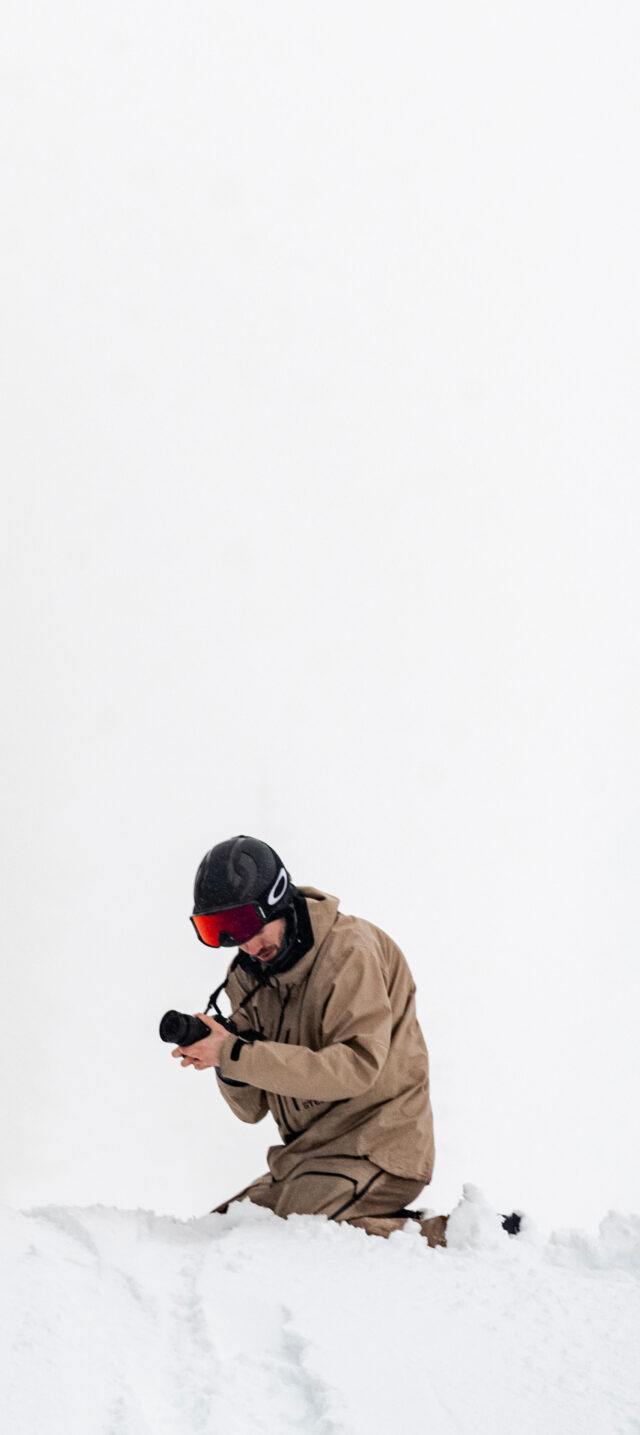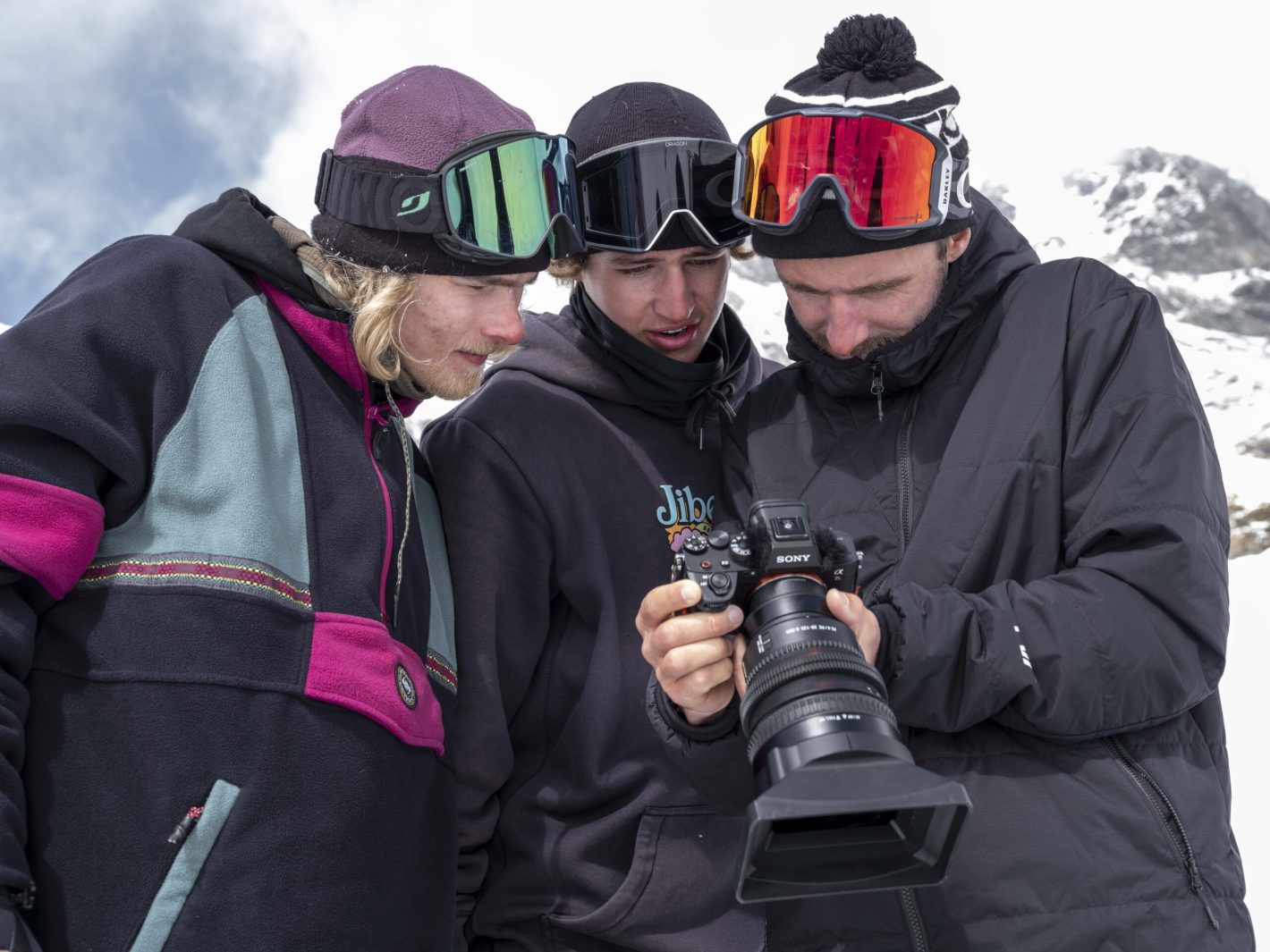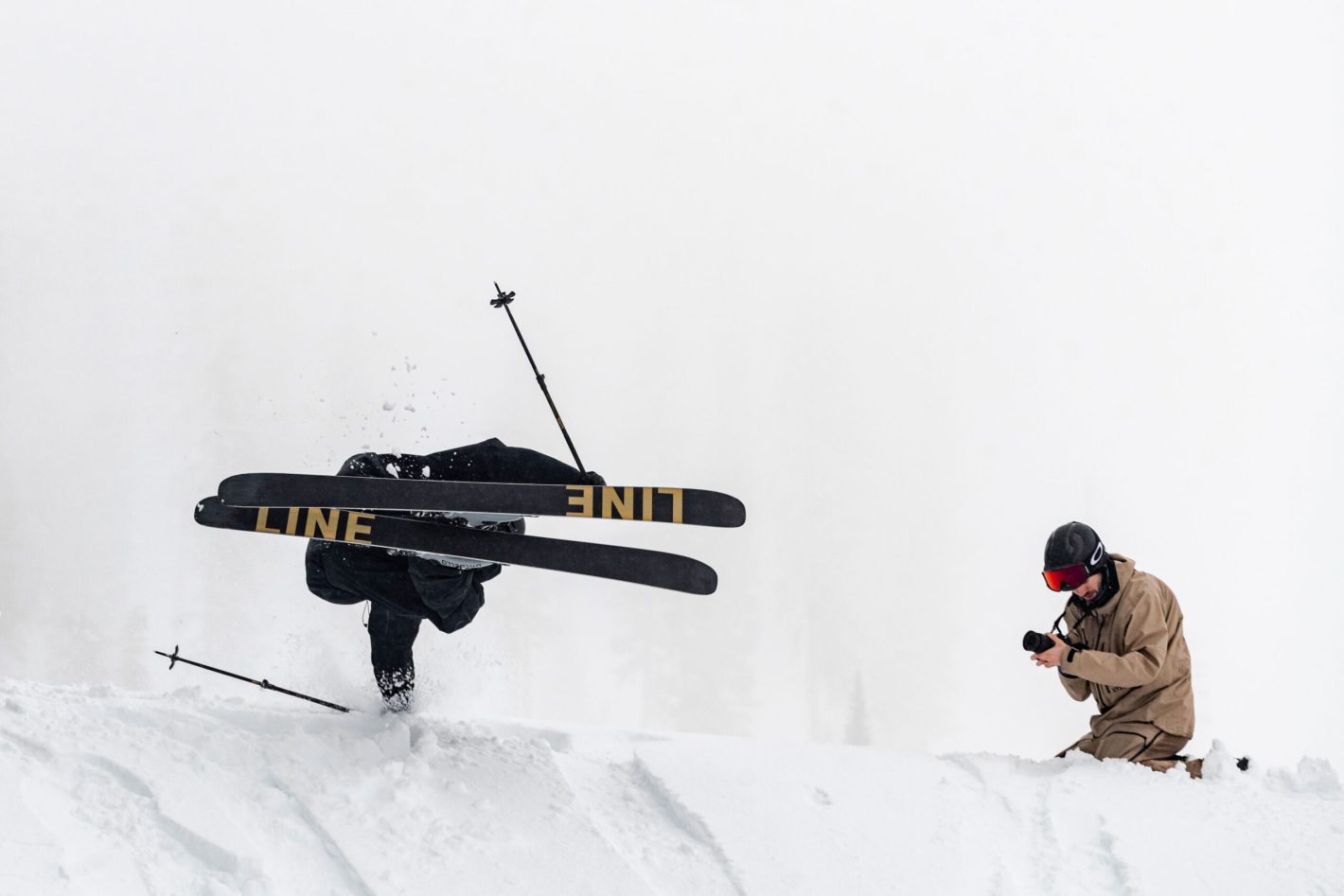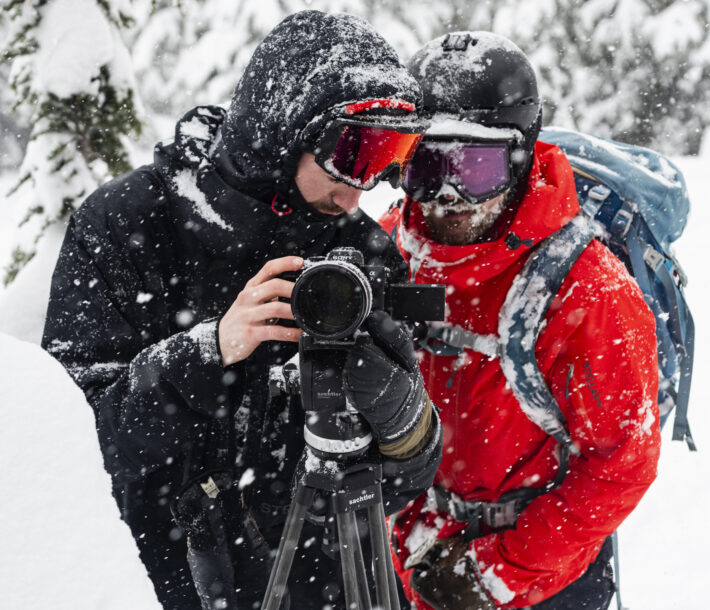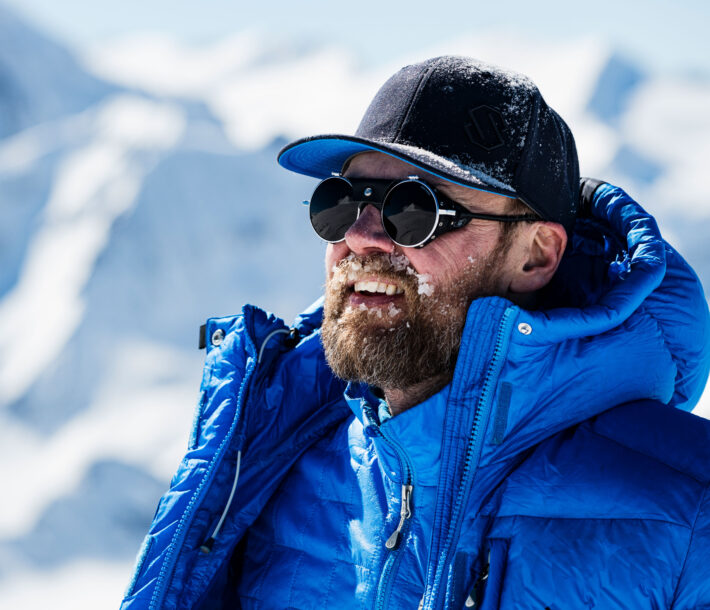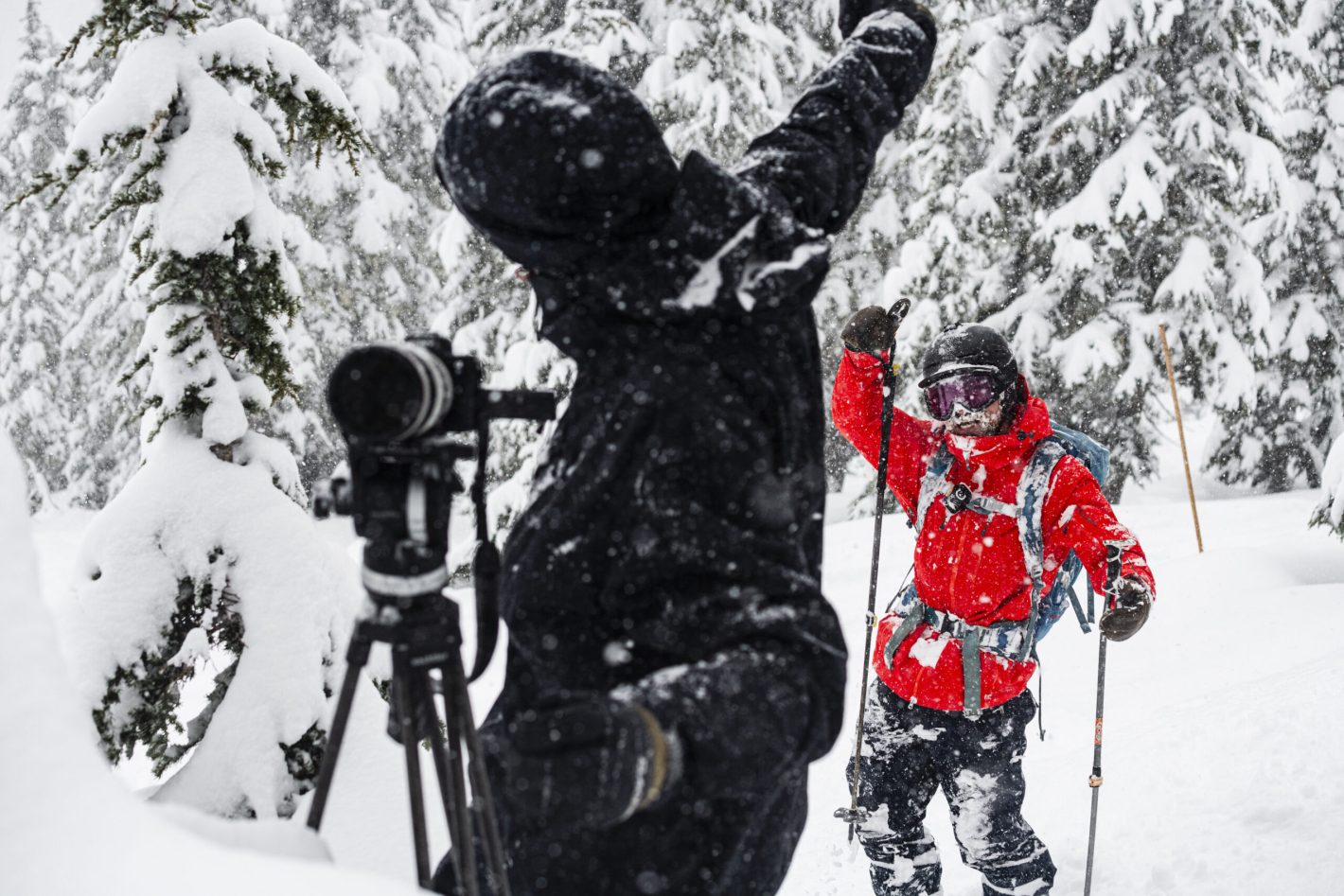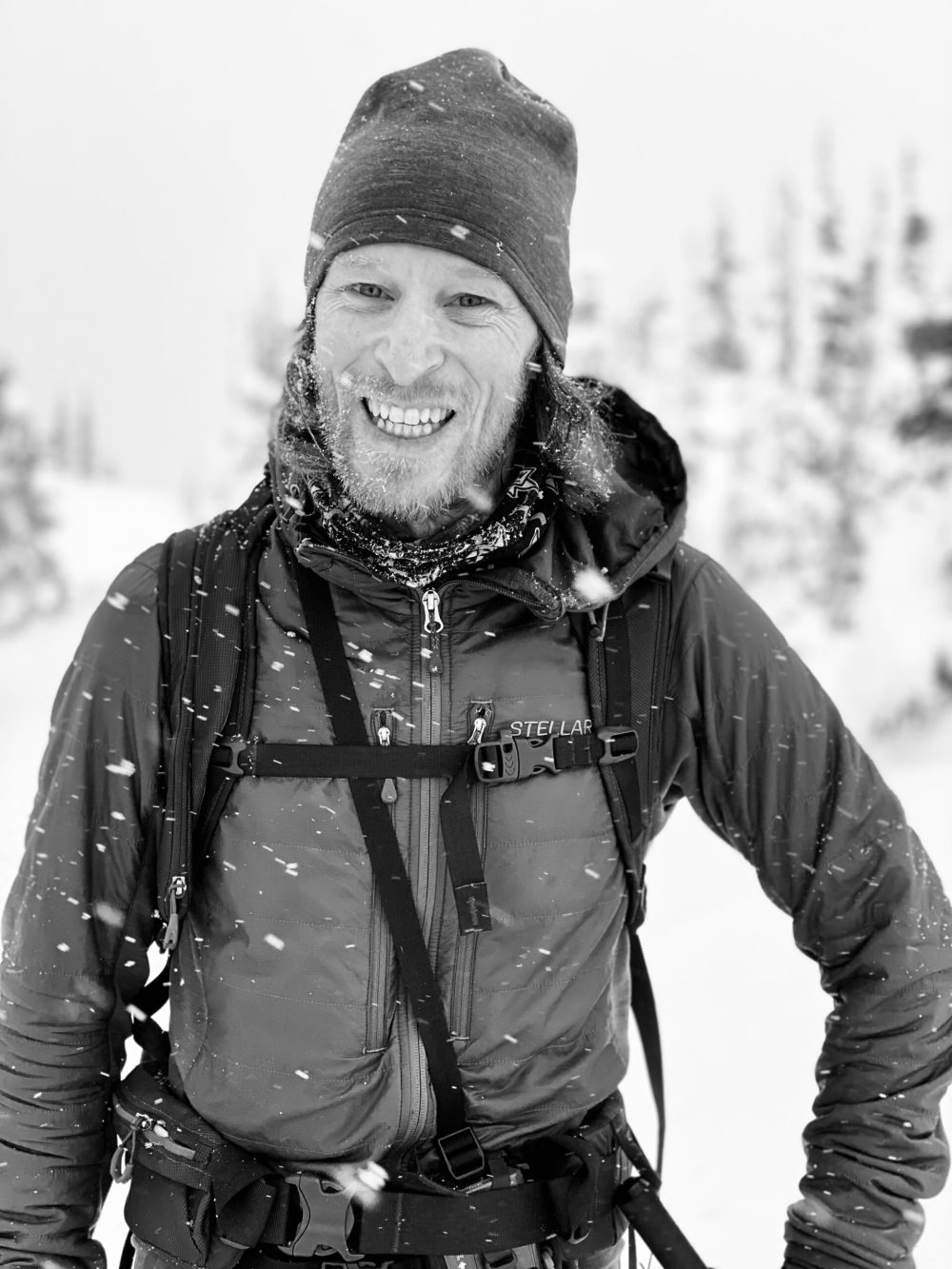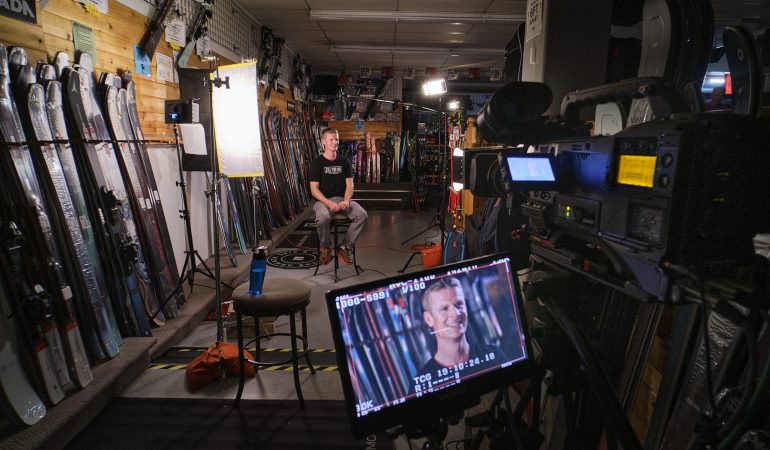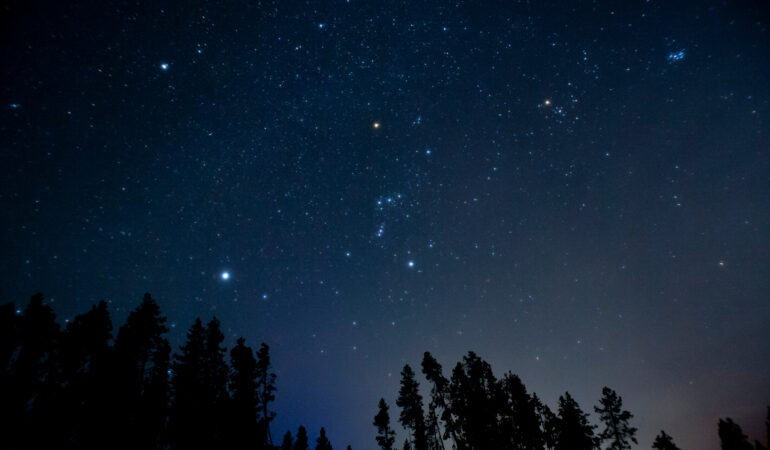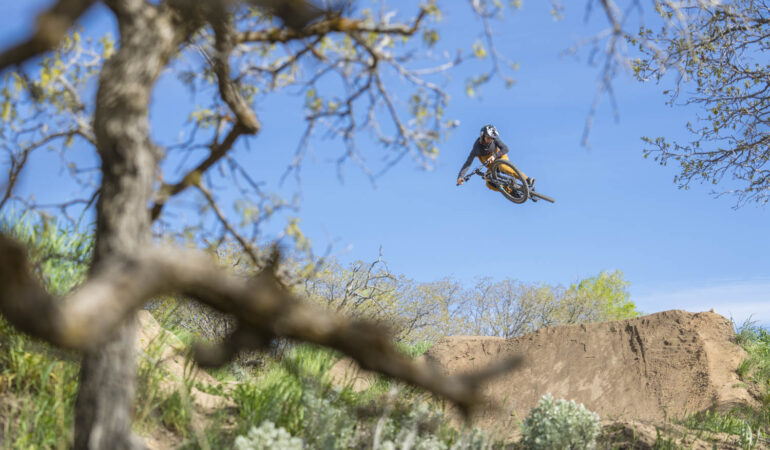Yvon Chouinard, the founder of both Chouinard Equipment (later Black Diamond) and Patagonia ran in those circles, as did Doug Tompkins who would found The North Face—and later protect more than two million acres in Chile. Also in the mix: The climber and skier Dick Dorworth, who, maybe because he never became a captain of industry, broke the Fun Hog mold over a lifetime of speed skiing, film shoots, beard growth, ice climbing, truck camping, and general shred baggery.
Those were three of the original Fun Hogs—they came up with the term or at least popularized it with their slogan Viva Los Fun Hogs. But the idea resonated because across outdoor sports at that time, the fun hogging mindset was reinventing stale pursuits. Hot Dogging—later dubbed freestyle—was shaking up skiing. A less rigid alpinism was doing the same for climbing. In the outdoors it became a fundamental North American belief that each generation could fun up their sports. See mountain biking and all its many iterations; rodeo kayaking and playboating; sport climbing and bouldering; in skiing the evolution was freestyle, freeskiing, and now freeride—which is big mountain freeskiing with a backcountry ethos.
The Fun Hog generation—even if they didn’t overtly label themselves porcine joy seekers—left a legacy. In the Fun Hog tradition, the outdoors is less serious but at the same time all important. It’s about something bigger than any one brand or individual. Fun hogging has little to do with consumerism.
More than just its brand identity, Patagonia’s reason for existence was built on those ideals. Chouinard’s company got it before others did—and they refused to let go. As a magazine editor in the early 2000s, I tore a Patagonia ad out of a glossy and had my art directors and photo editors study it. The copy and the product didn’t matter, it was all about the image. Thirty-four years after the original Fun Hogs road tripped 5,000 miles to Patagonia to climb Fitz Roy, here was a photograph of a new generation of weary travelers in South America, lounging around the tailgate of a truck with climbing gear scattered about with the laundry. The image was a documentary. The apparel was tattered and dirty. The climbers weren’t models or, today’s equivalent, influencers. They were going climbing for climbing’s sake.
Of course it wasn’t just one image, what fun hogging left us was a template for authenticity that’s been employed thousands of times by hundreds of photographers, strategists, and writers, across the outdoor sports—including skate, surf, and any activity that treasures realism. The template works because it makes a connection. And it makes a connection because it tells a story about shared values. In the case of fun hogging, that’s irreverence that takes the edge off of deep reverence, doing instead of buying, and believing in something greater than yourselfie (my word).
Sounds easy, you say. Just be real. But it’s actually quite hard for brands and publishers to get it right. The conflict arises in trying too hard to sell goods instead of letting your customers believe in you. That’s when you get staged photography instead of realism—fashion instead of utilitarianism—and hemorrhage credibility as a result.
But get it right, and your brand storytelling (I’m not using the word “content” for a reason that will be explained later) will not only support sales, build loyalty, and position a company correctly in the market, but, as with the Fun Hog generation, define the market.
Authenticity and that type of impact did not die with the 1970s. It’s still possible to lead your market today. What follows are two case studies on winter sports brands that are doing exactly that through storytelling.

